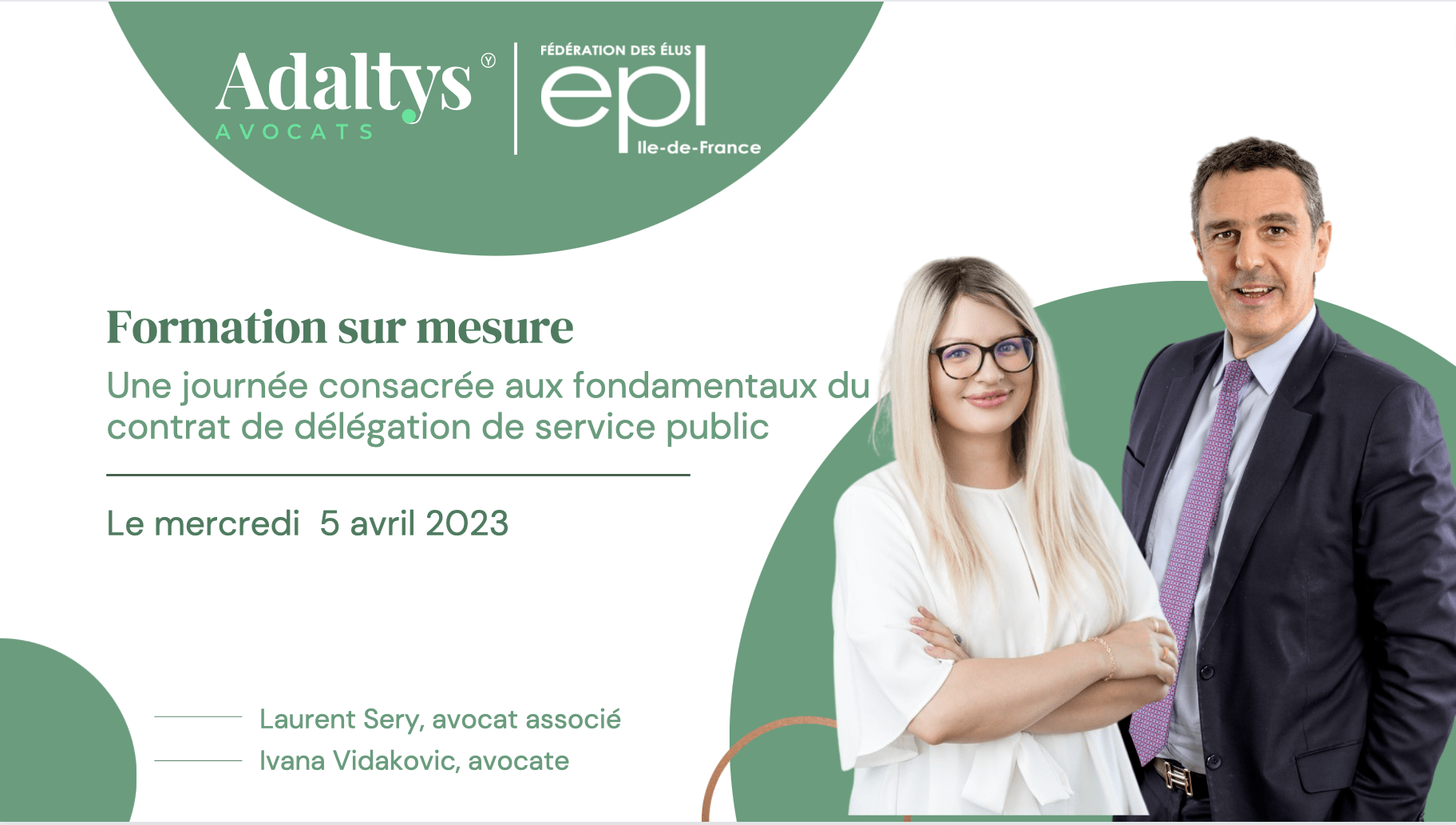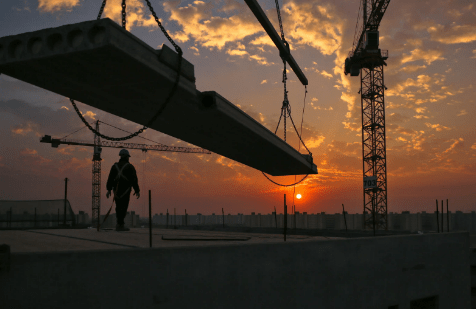Artificial Intelligence (AI) is nowadays being used in an increasingly wide range of scenarios in our life. Based on the data report of Similarweb, on average, around 13 million unique visitors used ChatGPT every day in January 2023, more than twice as many as in December last year. On January 30, a judge in Colombia recognized using ChatGPT to make court rulings. This is so far as we know the first legal decision generated with the help of AI.
Taking another popular example such as images generation using AI: users can provide the AI software with a text prompt to harvest “custom” made images in seconds, with a few simple steps to click some checkboxes. The AI uses deep learning algorithms to create and generate images through text descriptions, parameters, and even other template images. These AI have been “trained” using a corpus of text and images collected from different sources. Moreover, these AI algorithms can continue to learn and be trained using the data it generated itself, so as to create new content.
Law should solve practical problems, respond to real needs. Could the result generated by AI be protected as “work” under copyright law? Does the “raw materials” collection without permission infringe on others’ copyright? These are two of the most important questions put forward to IP lawyers. In this article, we will address the very first question: whether AI-generated content can be protected by copyright law.
What does Chinese law say?
- The definition of “work” under Chinese Copyright Law hasn’t excluded the possibility of AI-generated content being protected by copyright.
In terms of China law, based on the Implementation Regulations of Chinese Copyright Law, “work(s)” shall refer to original intellectual creation results in the literary, artistic and scientific domain, insofar as they are capable of being reproduced in a certain tangible form. “creation” shall refer to intellectual activities from which literary, artistic and scientific works are directly derived. Chinese laws and regulations haven’t provided a clear definition of “originality”, usually, 1) whether a result is independently completed by the author, and 2) whether the result is different from the prior work in the public domain are elements taken into consideration. However, whether the results can reflect the spirit and personality of the author is sometimes included in the definition of a “work” in practice.
Accordingly, the statutory conditions of a copyrightable work doesn’t explicitly stipulate that a work shall only be created by human beings, and the above definitions haven’t clearly excluded the possibility of protection of AI-generated content in law.
- However, from a view of other relevant provisions and copyright theory, human involvement may be an implied condition for a “work”.
According to mainstream academic opinion, intellectual creation is introduced into the theory of Chinese Copyright Law as “the result of human intellectual activity”, and based on Chinese Copyright Law, an “author” can only be a citizen, legal person or other organization that creates works. Even in the case where a legal person is granted copyright, in reality, the work is actually created by an individual or a group of individuals.
Lack of clear regulation leads to diverse opinions in practice, whether a work must be created by a human being is the very first question to be answered before in-depth analysis. Even though there is no last word up to date, it is worth understanding the attitude of the judicial system for reference.
What does Chinese court say?
Tencent v. Yingxun copyright infringement case[1] is considered as the first case in China for recognizing AI-generated content as a “work”. Prior to this case, Chinese people’s courts also adjudicated the copyrightability of AI-generated content in other cases. The judgment of SUN Xinzheng v. MA Jukui copyright infringement case[2] presents the attitude of the Chinese Supreme Court on this issue. And in Film v. Baidu copyright infringement case[3], the court explicitly stated that human involvement is necessary according to law. Although China is not a case law country and the situation of each case is different, by comparison, we can still find some similar judicial views to foresee future judicial direction on this issue.
- When analyzing the creative process of a content, the courts have included the pre-development stage of AI in the creative process.
In Tencent v. Yingxun copyright infringement case, in particular, the court directly pointed out that the process of creating the article in question differed from the process of creating ordinary articles in that there was a time lag between the collection of material, the decision on the subject matter to be expressed, the style of the writing, the specific form of the statements, and the actual writing of the article in question. This difference is due to the nature of the tool chosen (i.e. AI). It would be inconsistent with the facts and unfair to consider the two minutes alone within which the software automatically generates the article as a creative process, in the sense of considering the software as the creator.
- A certain degree of human involvement is required in the creative process, courts will consider what role an individual plays in the creative process.
In the SUN Xinzheng v. MA Jukui copyright infringement case and Film v. Baidu copyright infringement case, the court implicitly and explicitly stated that human involvement is necessary from the view of legislative purpose and law. To be noted, in the SUN Xinzheng v. MA Jukui copyright infringement case, the court implied that human involvement is required from the view of originality. In Film v. Baidu copyright infringement case, the court found that apart from the condition of originality, a work shall be created by a human being. Accordingly, these two courts refer to human involvement in two different ways.
In Film v. Baidu copyright infringement case, even if the court recognized that individuals involve in software development and use processes, however, neither one alone could create the finished work, so neither of them could be the creator of the finished content. One specialty in Tencent v. Yingxun copyright infringement case is, Tencent was both the creator and the user of AI. Therefore, even if the third case is considered as the first case to affirm the copyright of AI-generated content by some people, we need to realize that the judgment doesn’t go beyond Chinese traditional copyright theory and Copyright Law that human involvement is essential. The court finding reflects a way of thinking that, if there is a high degree of human intervention, then AI can be regarded as only a tool for human creativity and its creation is still essentially a manifestation of human creativity and can be protected by the existing copyright system; and vice versa, a different conclusion may be made.
- For literature work, the courts recognized a certain degree of originality of AI-generated content.
In Film v. Baidu copyright infringement case, the court considered that the content of the report automatically generated by AI in selecting keywords and applying AI reflects the selection, judgment and analysis of relevant data, so that it has a degree of originality. In Tencent v. Yingxun copyright infringement case, the court found that, the expression of the article is determined by personalized arrangement and selection of the creative team, which is not unique and has a degree of originality.
To be noted that, for graphic work, the courts generally considered that data are objective and limited, the expression of which is also limited, so it is difficulted to be protected by Copyright Law.
What’s in the future?
China already issued lots of supporting policies for AI development and application, under the impetus of technological upgrade and economic development, there is no doubt that AI industry will keep moving forward and AI-generated content will keep emerging. The core resources and technologies of AI, such as algorithms, models, big data and trade secrets of AI R&D, and the outcome generated by applying the resources and technologies of AI should be the ever-lasting focus of intellectual property in the future. We are of the opinion that the interest behind the AI-generated content should be properly protected, as the court said in the Film v. Baidu copyright infringement case, AI automatically generated content should be protected in a reasonable way, especially for the AI user who has paid for the use and set keywords according to his own needs, he has motivation and expectation for the future use and dissemination. Therefore, even if he cannot sign his name on the content, he can express that he enjoys relevant rights and interests in a proper way.
My team, as one of the IP practitioners, are glad to witness that related legal and regulatory solutions are gradually being improved as well. There are more that we can do now, and there are more to do in near future.
Paper published in collaboration with CHEN Yinglin.
Reference
[1] Tencent v. Yingxun copyright infringement case: (2019) Yue 0305 Civil Preliminary 14010.
[2] SUN Xinzheng v. MA Jukui copyright infringement case: (2016) Supreme Court Civil Appeal 2136.
[3] Film v. Baidu copyright infringement case: First instance: (2018) Jing 0491 Civil Preliminary 239; Second instance (2019) Jing 73 Civil Final 2023.













